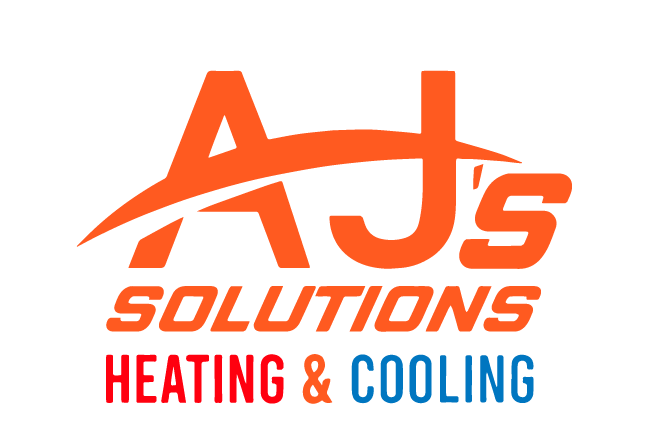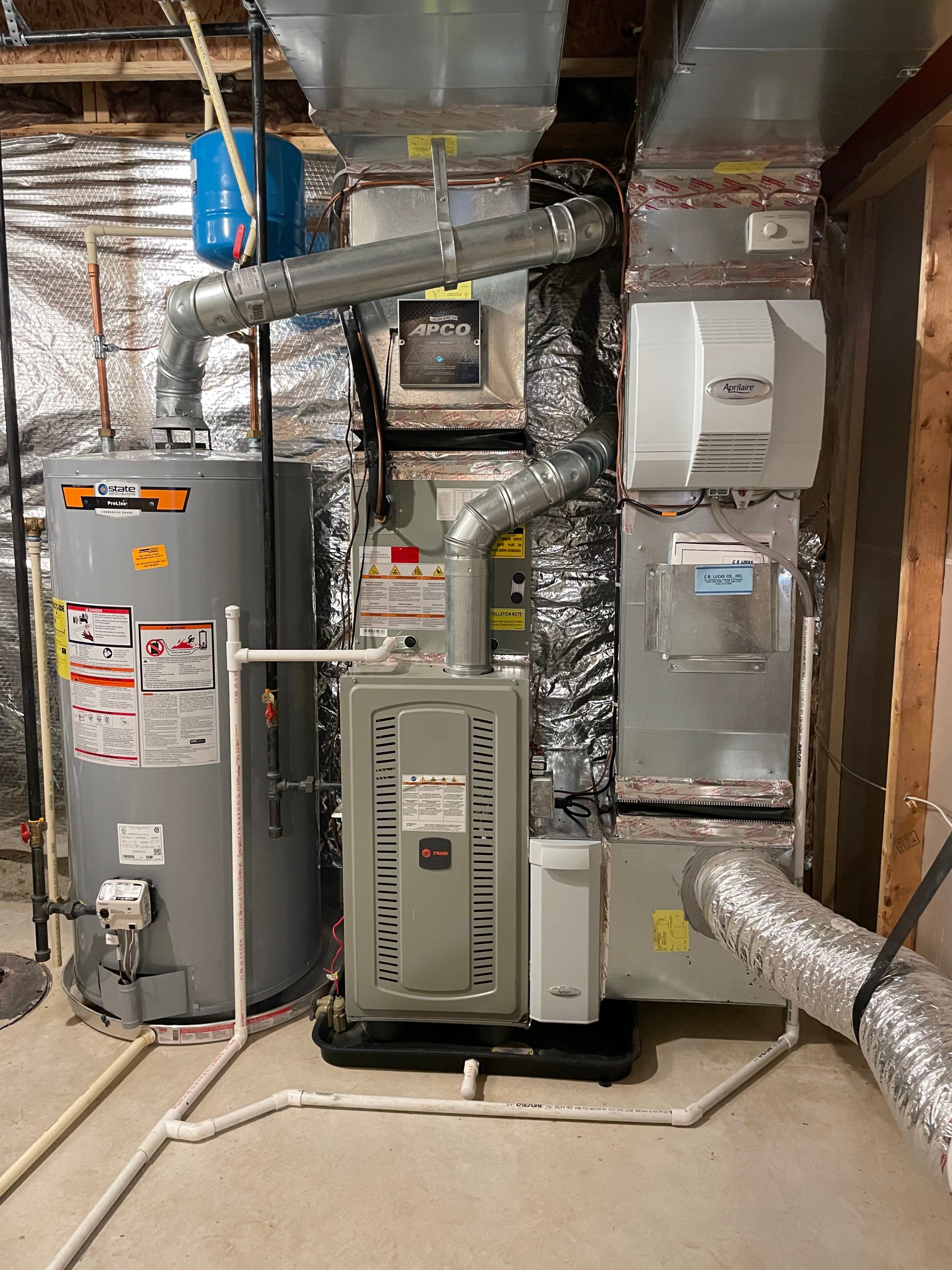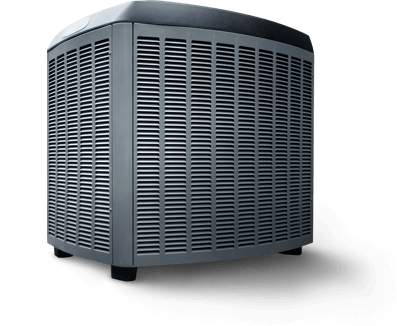As temperatures drop and winter approaches, the reliability of your home’s heating system becomes paramount. If you’ve noticed a steady rise in your energy bills? Older furnaces often become less efficient over time, causing them to work harder and consume more energy. Investing in a high-efficiency model can lead to significant cost savings in the long run.
Frequent Repairs.
If you find yourself calling the repair technician more frequently, it might be more cost-effective to invest in a new furnace. Continual repairs can add up quickly, and the inconvenience of a system breakdown during the coldest days of winter is best avoided.
Uneven Heating.
Do you experience uneven heating in different areas of your home? An aging furnace may struggle to distribute heat evenly, leading to discomfort in certain rooms. Upgrading to a modern system can provide consistent warmth throughout your living spaces.
Outdated Technology.
Technology in the heating industry has advanced significantly in recent years. Newer furnaces offer smart thermostats, zoning options, and other features that enhance comfort and energy efficiency. If your furnace lacks these modern conveniences, it might be time for an upgrade.
Strange Noises.
Unusual sounds, such as banging, rattling, or squealing, could be indicators of a failing furnace. These noises may suggest issues with components like the blower motor, heat exchanger, or other critical parts. A new furnace can bring peace and quiet back to your home.


